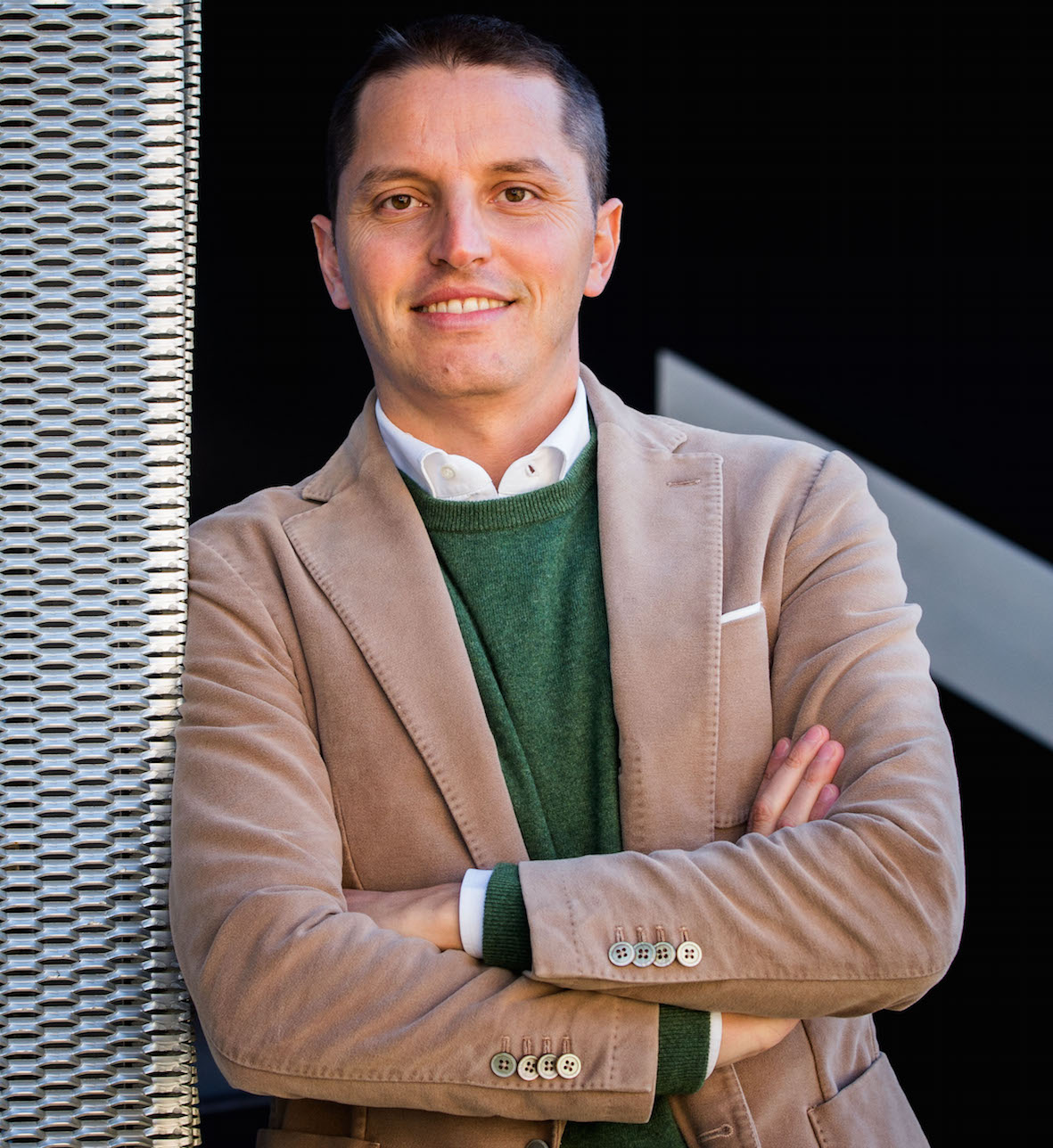
Vittorio Limongelli
Professor Limongelli is interested in studying systems of biological relevance using both standard and advanced computational methods. In particular, during his PhD at University of Naples (Italy), he focused on the application of standard computational techniques (e.g. molecular docking, structure-based and igand-based virtual screening, homology modeling, molecular dynamics etc.) to study systems of pharmaceutical interest (e.g. BACE-1, Integrins, GABAA receptor) (1,2).Then, he moved for his PostDoc to the Swiss Federal Institute of Technology (ETH) Zurich (Switzerland) . Here, he worked in the field of enhanced sampling simulations (e.g. Umbrella Sampling, Steered Molecular Dynamics, Metadynamics) that allow describing long time-scale events in biosystems (e.g. protein conformational changes, ligand/protein docking, DNA/protein folding etc.) in a reasonable computational time (in the order of hundreds of anoseconds or few microseconds).
A focus of his research is the study of complex recognition process between a ligand and its biological target investigating the thermodynamic and kinetic properties ruling the binding mechanism. Examples are his works on adenosine deaminase and the glutamate transporter (3,4) and others ongoing projects (e.g. p38 MAP kinase and beta-2 adrenergic receptor) where he investigates and energetically assesses large conformational changes of the targets in their apo state and during the ligand binding. These studies disclose important energetic and structural insight into the functional mechanism of these targets, showing the way for an exogenous control of their activities and thus guidelines for drug design. He also contributes to the technical innovation of computational methods when needed for the solution of a problem. In particular, it merits to be mentioned the use of the path collective variables to study ligand binding to COXs (5) and a recent work, published on PNAS (6), where he presents a new method, called funnel-metadynamics, to sample the ligand binding to its molecular target with an accurate estimation of its binding free energy. An evolution of the method, recently reported on PNAS (7), allows retrieving accurate estimates of the ligand binding kinetics and defining the rate limiting steps in the lugand/target recognition process.From 2018 he is professor in Computational Biology and Pharmacology at the faculty of Biomedical Sciences of University of Lugano (Switzerland). Here, he continues working on biologically relevant systems seeking whenever possible the collaboration of experimentalists (8,9,10). Example is a recent work (11) where he predicts through enhanced-sampling folding simulations on the G-quadruplex thrombin binding aptmater, the existence of a novel DNA structural motif. After this important discovery he puts together a number of experiments that have confirmed his hypothesis (11,12).


